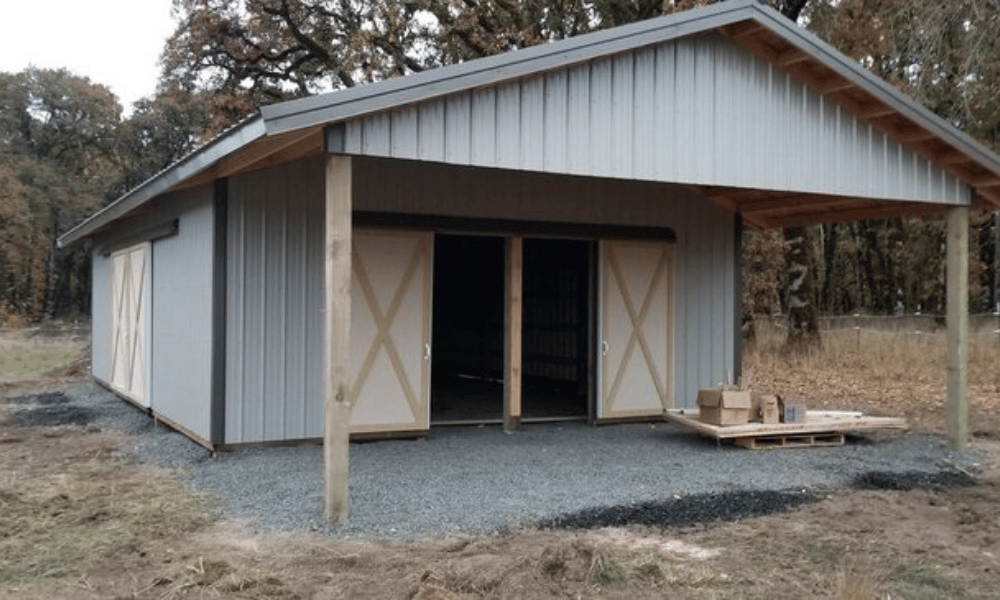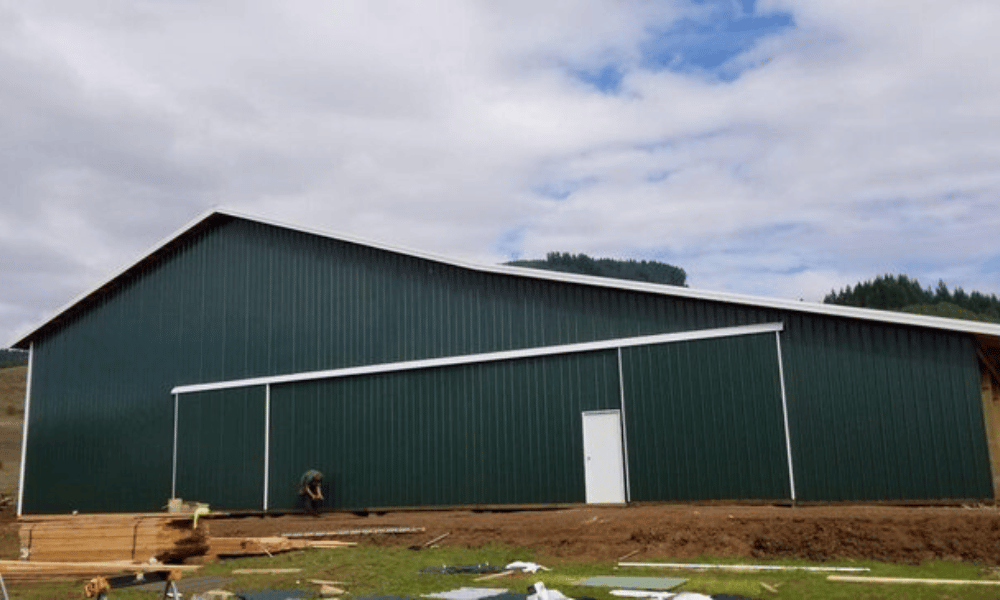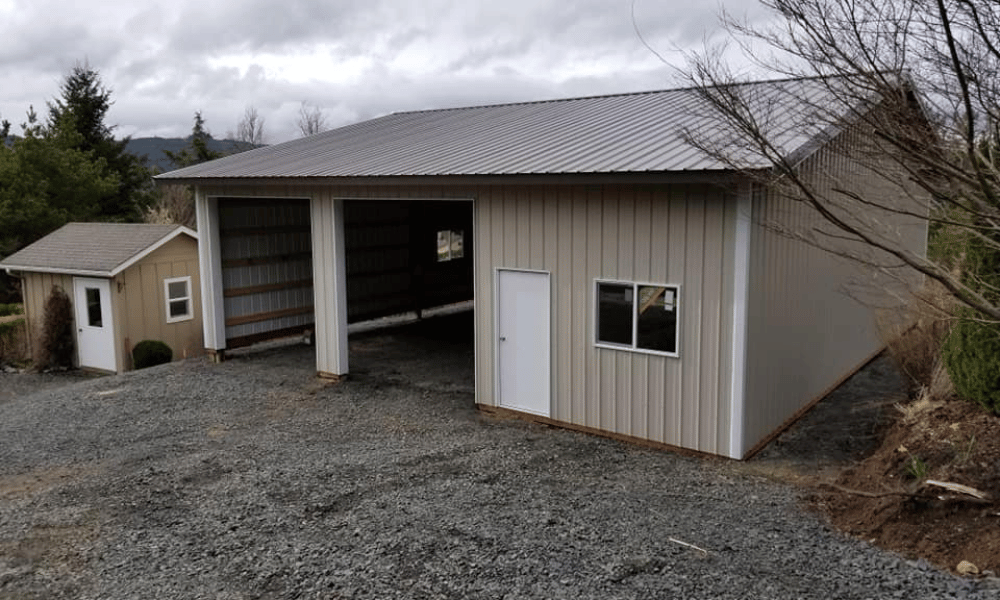Introduction
In today's world, sustainability is not just a buzzword; it's a necessity. As farmers are increasingly faced with the pressing challenges of climate change, resource scarcity, and environmental degradation, the quest for sustainable practices has become paramount. One such solution that stands out in the agricultural landscape is the use of pole barns. These structures are not only versatile and cost-effective but also align perfectly with sustainable farming practices. In this article, we'll delve deep into Pole Barns and Sustainability: A Green Choice for Farmers, examining how these buildings can serve as a cornerstone for eco-friendly farming operations.
What Are Pole Buildings?
Defining Pole Buildings
Pole buildings, often referred to as pole barns, are structures that utilize a unique framing method. This approach involves the use of large poles or posts embedded into the ground to support the roof and walls. Unlike traditional construction methods that rely on a concrete foundation or load-bearing walls, pole barns provide an innovative alternative that is both economical and efficient.
Construction Methods of Pole Barns
The construction of pole barns involves several key steps:
Site Preparation: Clearing and leveling the site. Post Installation: Setting poles in holes filled with concrete or gravel. Framing: Attaching horizontal girts to the poles. Roofing: Installing roofing sheets that offer durability against weather elements. Finishing Touches: Adding insulation, siding, and other features.Materials Used in Pole Buildings
When it comes to materials, pole buildings offer flexibility:
- Wood: Often sourced from sustainably managed forests. Steel: Recyclable and durable. Insulation: Eco-friendly options like cellulose or spray foam.
Benefits of Pole Barns for Sustainable Farming
Cost-Effectiveness
One major advantage of pole barns is their affordability. The reduced need for extensive foundations means lower material costs and labor expenses.

Energy Efficiency
Pole barns can be designed with energy efficiency in mind:
- Proper insulation minimizes heating costs during winter months. Orientation can harness natural light, reducing reliance on artificial lighting.
Minimal Land Disturbance
Unlike traditional structures requiring extensive earth-moving activities, pole barns have a smaller footprint. This means less disruption to local ecosystems.
Environmental Impact of Pole Barns
Low Carbon Footprint
Building with wood from sustainable sources significantly lowers carbon emissions compared to conventional building materials.
Recyclability of Materials
Many components http://titusdtlt209.image-perth.org/maximizing-storage-space-in-your-pole-barn-a-step-by-step-guide used in pole barn construction can be recycled at the end of their life cycle, promoting a circular economy.
Natural Ventilation Options
Designing for natural ventilation reduces energy consumption while maintaining a comfortable environment for livestock or storage purposes.
Pole Barn Applications in Agriculture
Livestock Housing
Pole barns provide excellent shelter for livestock:
- Ample space allows for comfortable movement. Customizable designs cater to various species' needs.
Equipment Storage
Farmers can utilize these buildings to store equipment safely:
- Protection from harsh weather extends equipment lifespan. Organized layout enhances operational efficiency.
Crop Storage Solutions
With proper ventilation systems, pole barns can be ideal for storing crops:
- Maintains quality by regulating temperature and humidity levels. Reduces spoilage risks through better airflow management.
Sustainable Practices Integrated into Pole Barn Design
Rainwater Harvesting Systems
Installing rainwater catchment systems helps farmers utilize natural resources efficiently while minimizing runoff pollution.
Solar Energy Integration
Integrating solar panels into pole barn roofs allows farmers to harness renewable energy sources—reducing electricity bills significantly over time.
Challenges Faced When Constructing Pole Barns Sustainably
Regulatory Hurdles
Navigating local building codes can sometimes pose challenges when constructing pole buildings sustainably—an aspect farmers must consider before embarking on their projects.
Initial Investment Costs
While overall costs are lower than traditional buildings, some farmers may find initial investments daunting without immediate returns on sustainability benefits.

Pole Barn Maintenance for Longevity and Sustainability
Regular Inspections
Conducting periodic inspections helps identify potential issues early on—ensuring longevity while minimizing environmental impact due to neglectful maintenance practices.

Eco-Friendly Treatments
Using non-toxic treatments preserves wood while protecting against pests—allowing farmers peace of mind regarding chemical exposure risks within their operations.
FAQs
li17/ol2/li18li18/ol3li19# How long do pole buildings last?- With proper maintenance and regular inspections, well-built pole buildings can last 30 years or more, making them a durable choice for farmers looking towards long-term investments in sustainability initiatives!
- Insurance coverage may vary based on location and intended use; however many providers offer policies specifically tailored toward agricultural structures including those built as pole barns!
- Incorporating strategically placed windows along with ridge vents at peak points allows airflow circulation throughout your space—keeping it comfortable year-round without excessive reliance on mechanical systems!
Conclusion
As we navigate an increasingly complex world where sustainability is essential rather than optional,, embracing solutions like Pole Barns stands out as an effective way forward for modern agriculture! From reducing environmental impacts through thoughtful designs—to optimizing available resources via innovative integrations—the journey toward making smarter choices starts here!
Investing time into understanding these concepts not only empowers individual farmers but also contributes towards creating greener communities where food production aligns harmoniously with nature itself! Without question then—it’s clear why Pole Barns represent one promising avenue worth exploring further within broader discussions surrounding sustainable farming practices today!